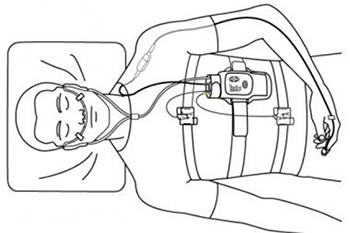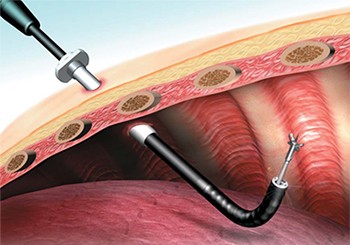 Indoor air pollution is the term used to describe exposure to certain substances found in homes, schools, transport and subway stations. Over 900 different compounds have been detected in indoor air and some pollutants may be 2-5 times more concentrated inside rather than outside buildings.
Indoor air pollution is the term used to describe exposure to certain substances found in homes, schools, transport and subway stations. Over 900 different compounds have been detected in indoor air and some pollutants may be 2-5 times more concentrated inside rather than outside buildings.
Air pollution can also be found within the workplace, but this is usually studied separately by experts and referred to as ‘work-related or occupational’ health hazards.
Indoor air pollution can be generated by a variety of sources:
Human Activity
- Smoking.
- Fuel for heating and cooking
- Cleaning materials.
Building
- Poor construction.
- Poor ventilation.
Allergens
- Pets
- Plants
- Dust
- Dampness
Harmful Effects
People spend more of their time indoors, so quality of indoor air can have a major impact on health.
Particulate matter (PM)
These are tiny particles that are largely generated by tobacco smoke. Research has shown that as much as 50-90% of the total indoor air particulate matter concentration is generated by tobacco smoke. It is known to cause asthma and wheezing particularly in children. Research found that there was an increase in night-time symptoms and wheezing in asthmatic children of 6-7% for each 10 μg.m3 increase in indoor PM2.5.
Different types of particulate matter are measured by their size. For example, PM10 refers to particulate matter that is up to 10 micrometers in size.
Biomass Fuels
Biomass fuels are emitted by open fires and stoves. Approximately 50% of the population use biomass fuels for cooking, heating and lighting, predominantly in less developed countries.
Biomass fuels produce high levels of particulate matter and carbon monoxide (CO).
Research into the disease burden of different risks indicates that in 2010, the deaths attributable to household air pollution from solid fuels, worldwide, were 3,546,399, representing more than 50% of the deaths attributable to air pollution from particulate matter and ozone.
Biomass fuels are also known to be a risk factor for lung infections, chronic obstructive pulmonary disease (COPD), asthma, lung cancer and, occasionally, tuberculosis (TB).
Research has shown that if biomass fuels are used indoors, there is a
- 3.5 times increased risk of acute lung infections in children
- 2.5 times increased risk for chronic bronchitis in women
- 2.8 times increased risk for COPD
- 2.3 times increased risk for chronic bronchitis in all adults
Nitrogen oxide (NO2)
Indoor nitrogen oxide is generated by gas-fuelled cooking and heating appliances. It has been linked with wheezing, shortness of breath, chest tightness and cough. It is difficult to determine the impact of nitrogen oxide as exposure levels vary depending on when appliances are in use.
Volatile organic compounds (VOCs)
Volatile organic compounds are generated from chemicals such as disinfectants, pesticides, cosmetics, air fresheners and vinyl floors. They can cause a huge range of conditions from mild irritations to very severe conditions, including cancer.
The health impacts of volatile organic compounds include:
- 11 times increased risk of chronic bronchitis with exposure to formaldehyde, used in building materials such as pressed wood.
- 17% increase in the risk of asthma in children for each 10 mg/m3 increase in formaldehyde concentration.
- Up to 3.4 times increased risk of persistent wheezing with exposure to plastics.
The risk of developing asthma is thought to increase by 1.2-2.9 times with exposure to all volatile organic compounds.
Volatile organic compounds have also been linked with reduced lung function, runny nose and lung infections in babies and children.
Radon
This occurs naturally in rock, soil, bricks and concrete. This is the second main cause of lung cancer after smoking. Research has shown that increases in levels of radon, increase the risk of developing lung cancer.
In the USA, 2,100-2,900 cases of lung cancer in people who have never smoked are linked to radon exposure each year. In the UK, about 1,100 deaths each year from lung cancer are related to radon.
Allergens
Allergens include substances such as dust and can be generated from sources such as carpets, pets, rodents or plants.
It is thought that early or high exposure to some allergens, such as cat allergens, can have a protective effect against asthma and wheeze. However, other research has linked allergens with the development of asthma or allergies and increases in the risk of illness in people who are already asthmatic. Further research is needed to understand the different interactions allergens can have with the immune system.
Dampness and mould
Dampness and mould grows on walls and can be found in furniture. It is thought to be present in 10-50% of houses. Moulds are a source of allergens and can increase the risk of asthma-related problems by 30-50%. It is also linked with shortness of breath, lung infections, bronchitis and a runny nose.




